20. Blood test – The Thing (1982)
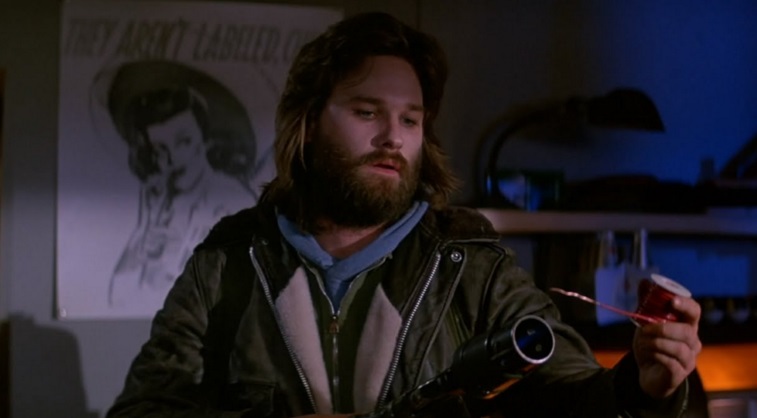
Tied to a couch, the surviving members of the Antarctic research team try to figure out who is still human. By this point in the film, even the audience has lost all track of who they think might be an alien imitation and who is really human. Kurt Russell’s MacReady has managed to get everyone under his control and forced them into a test which none of them thinks will work. They take a little bit of everyone’s blood in Petri dishes and then take turns subjecting it to a hot needle. Alien imitation blood should have some kind of reaction, right?
Every dip of that needle stops your heart for a split second, even after the shock you get the first time there is a ‘reaction’. John Carpenter packed this film full of wonderful character actors and the way they play off each other in this scene is magical.
19. Subway to Grand Central – Carlito’s Way (1993)

You desperately want Al Pacino to make it to Hawaii as Carlito Brigante in this brilliant film by Brian De Palma. The tensest scene comes when, cornered by mobsters in his club, he manages to escape through a basement and make it onto a subway train. Pacino brings a special level of fear to this scene as he uses all his instincts to escape his pursuers. Patrick Doyle’s score and some great camera work help increase the tension from one subway stop to another.
There are moments of calm within, for example when a group of transport police board the train, but the audience knows that these are only temporary as the pursuing mobsters have his every escape route blocked.
18. Don’t look back, just swim – Jaws (1975)

Jaws is packed with fraught moments of tension. One might choose any number of them from the death of Quint to Hooper investigating Ben Gardner’s boat to Brody’s rifle work at the climax. The moment that sets the scene for what is to come, however, features two extras; opportunist fishermen who have clearly bitten off more they can chew. They turn out in the middle of the night with the wife’s ‘holiday roast’ and attempt to use it as bait.
One thing leads to another, the jetty they are fishing off gets ripped from the land and one of them ends up in the water. Then we see the broken jetty that’s been dragged away turn around and start heading back towards him. His friend yells at him to swim and we watch the jetty getting ever closer to him.
Spielberg used the jetty in the same way that he would use the yellow barrels later on in the film: to show the presence of the shark without requiring expensive visual effects. The fact that we can’t see the shark only means that we don’t know exactly where it is and therefore the tension is increased. The unknown is so much scarier.
17. Is it safe? – Marathon Man (1976)
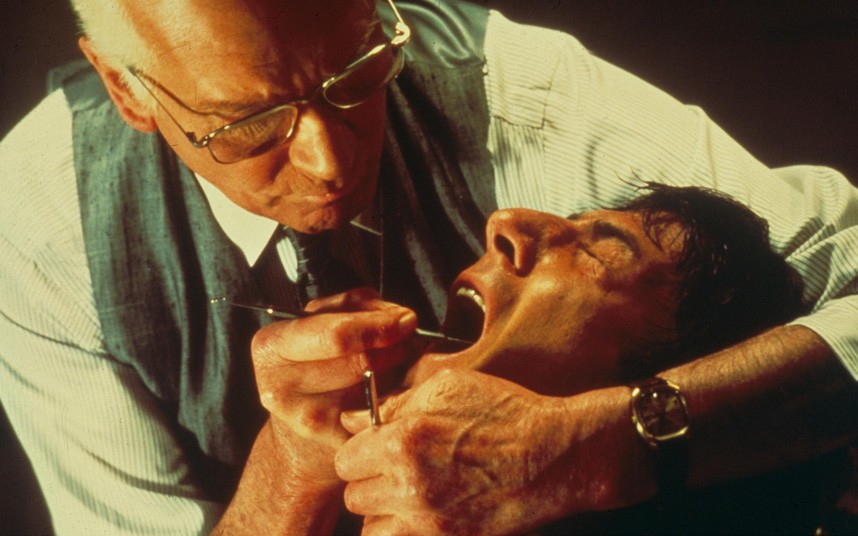
This is a very famous scene which has been parodied and copied just about everywhere. The power of it is undiminished in the face of all these copies. Dustin Hoffman is tied to a chair and threatened with unnecessary dental work. It’s the scene that led grownups to be afraid to go to the dentist.
The tension created by the simple repeated question, “Is it safe?” is enough to set the audience’s teeth on edge, making us feel the helplessness of Hoffman even more than the sight of the restraints. He is powerless to answer and the audience knows it. Therefore, some unhealthy drill work is simply inevitable. Knowing that it’s coming, unfortunately, does not make it any easier to handle.
16. Behind Winkie’s – Mulholland Drive (2001)
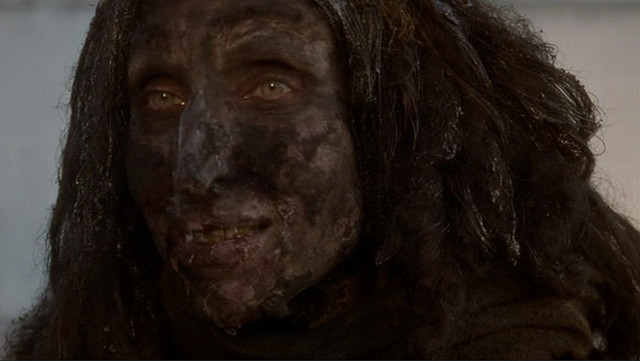
The second David Lynch moment to be included comes from what many consider to be his magnum opus: Mulholland Drive. A man (a perfectly subtle but unhinged Patrick Fischler) recounts the details of a horrible dream he experienced to his therapist. He has invited him down to this particular branch of Winkie’s as the dream involved a terrifying man that he saw behind it in his nightmare.
The jump scare at the end of the scene is nothing compared with the sickly tension that is built up in the preceding minutes of dialogue. Lynch employs a simple strategy in building tension here; he cuts from one person to another repeatedly in the opening exchanges. This gives an easy feeling and comfort. When Fischler begins his recount of the dream, however, the camera is fixed on him throughout, letting the audience feel his fear. Lynch also lets the camera linger on details from the dream such as the phone booth as the two men go out to investigate. This lets us know that what he dreamed just might be real.
15. Call it – No Country for Old Men (2007)
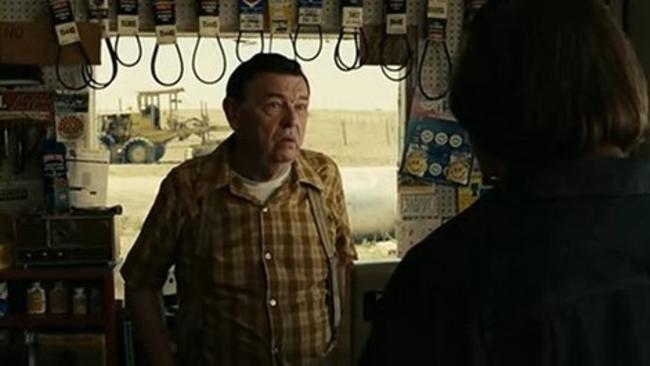
In some ways, this scene only exists to give us a look into the mind of the film’s antagonist, Anton Chigurh, played by Javier Bardem. The scene transcends this, though, and marks itself out as one of the tensest moments in film history.
Chigurh stops by a gas station on his travels and, after he is asked an innocent but prying question by the proprietor, is unable to let the man go without first leading him through a series of prying questions of his own. He mocks the man’s slow mental capacities and ties him up with logic before laying a choice on him. Call heads or tails. It’s a long scene, short exchanges of dialogue which are mostly Chigurh’s mocking repetition or challenges to what the proprietor says. He’s toying with him the whole time like a cat with a mouse.
The tension comes from this, and from the choice he is given. The fat that he wins the coin toss and gets to keep on living is even more wonderful as he seems completely unaware of his luck.
14. Strait of Gibraltar – Das Boot (1981)
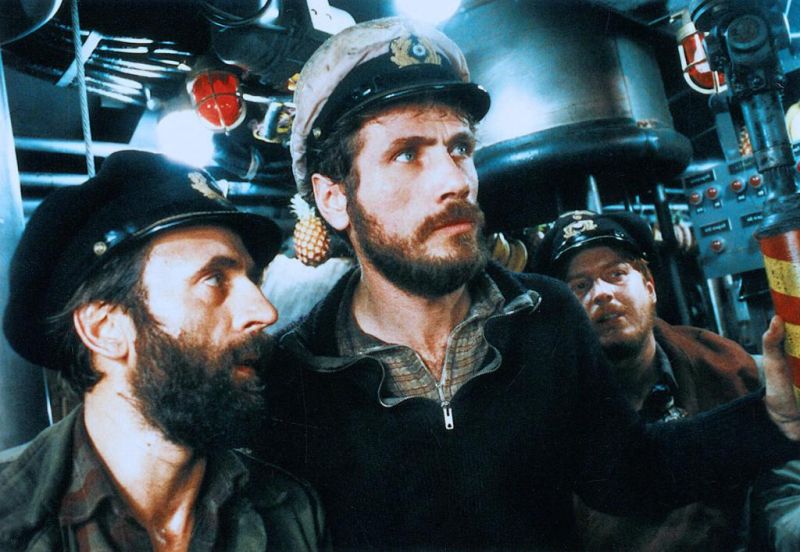
The crew of a German U-boat attempt to enter the Mediterranean in Wolfgang Peterson’s epic World War Two drama. Getting to their destination involves travelling through the heavily mined and patrolled area around the Strait of Gibraltar. This whole section of the film involves moments fraught with tension as the crew are forced to remain quiet and still to avoid detection.
After things go wrong and the boat is attacked, however, a stuck bow plane and a malfunctioning pump leave the crew on an uncontrolled dive towards the sea floor. What follows is a group of submariners clustered around a depth gauge, desperately waiting for a sign that their descent has been stopped. We spend so much time with this crew, throughout the film, sharing their everyday struggles and camaraderie, that their fate is especially important to us. We see their desperation throughout the scene and feel what they feel. The red danger light glowing throughout the scene also helps to build tension.
13. Make me a Hinge – Schindler’s List (1993)

Ralph Fiennes brings a mundane sense of the ordinary to his portrayal of Nazi officer Amon Goeth. On a visit to Schindler’s factory, he stops at a machinist’s desk and asks for a demonstration of his abilities. The deck is stacked against the poor Jewish worker from the outset.
The audience knows that he cannot win. If he’s too slow, he’ll be branded useless and shot; if he’s too fast, then the product of his day’s work will be inspected and he will most likely be shot. Having toyed with the poor man for long enough, Goethe decides to have him shot. Knowing the fate of this man is enough, throughout his experience, to make us feel the most unbearable tension on his behalf. It is the same kind of tension that we feel when we see Robert Mitchum and the children in Night of the Hunter.
This would not stand out so much in a film so full of injustices and punishments were it not for what follows. The man is led outside to be shot but then the gun that Goethe is using repeatedly jams. Even after repeated adjustments it continues to malfunction. The Jewish worker keeps getting momentary reprieves but the agony comes from knowing that these will only ever be momentary.
12. A bomb in the van – Arlington Road (1999)
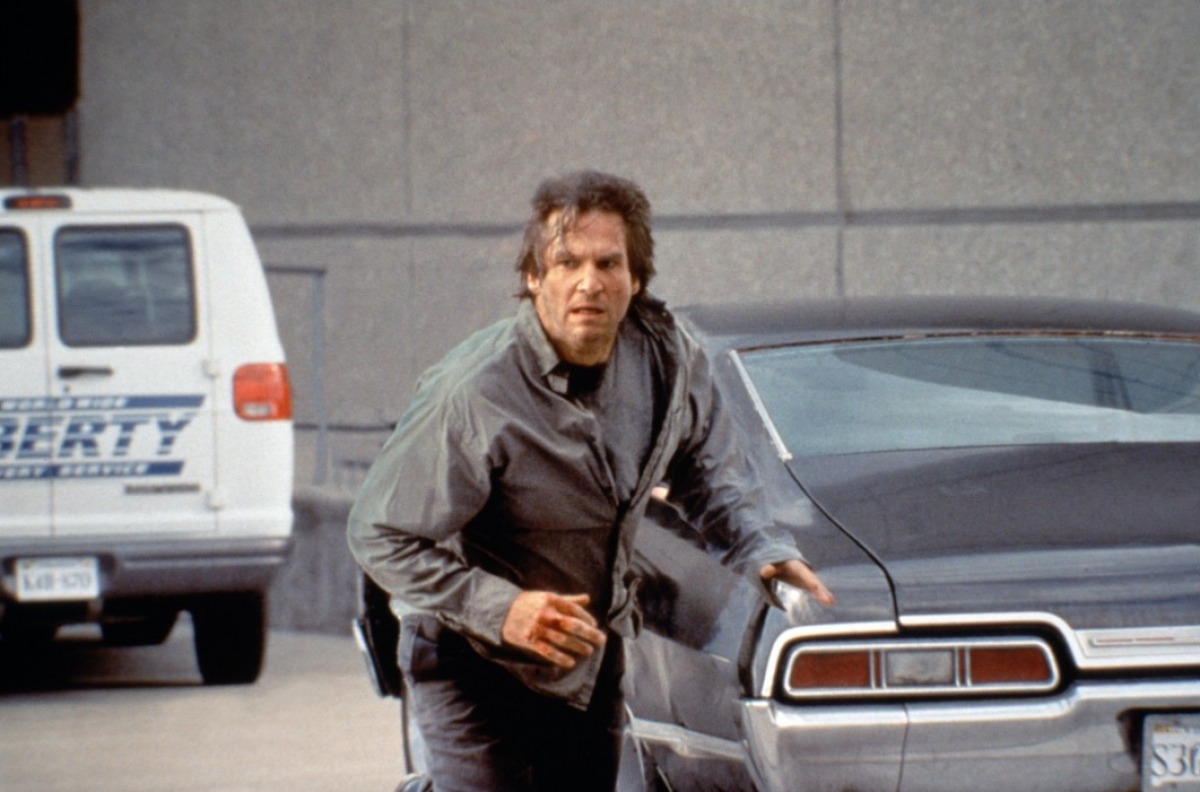
This criminally underrated film features Jeff Bridges as a university History professor who becomes suspicious of his neighbour, Tim Robbins. He believes Robbins’ character, Oliver Lang, to be a domestic terrorist and becomes increasingly paranoid about his actions and intentions.
At the climax of the film, Bridges’ character believes his son has been kidnapped and is being taken, along with a massive amount of plastic explosive, to the headquarters of the FBI in Washington DC. Bridges deserves a ton of credit as he brings mania to a new level in pursuing his son and the van through busy streets, accompanied by a brilliant piece of soundtrack work by Angelo Badalamenti.
Arriving at the targeted building, Bridges manages to take things up another notch, becoming almost incoherent in his desperate pleadings with the gate operators on duty. He manages to perfectly pull off a feeling of desperation that only a parent could know.
11. Russian Roulette – The Deer Hunter (1978)
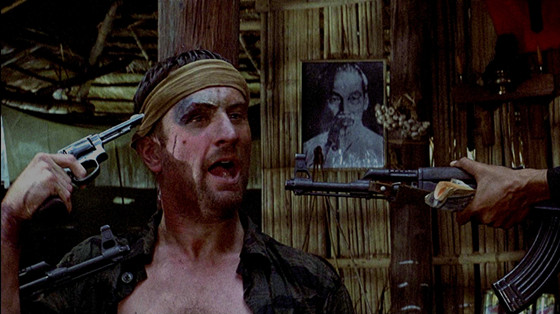
Christopher Walken and Robert De Niro face off at the command of their Vietnamese captors in a deadly game. The scene was filmed with as much reality as could be allowed: the rats and mosquitoes were real inhabitants of the River Kwai setting where filming took place. They wanted to find some local actors to play the abusive guards but some who they brought in were incapable of acting in the brutal way they needed them to.
The production team eventually found a Thai man with a celebrated dislike for Americans who was happy to hit Christopher Walken in the face. Mighael Cimino’s film is filled with tense moments but watching click after click, waiting for the live round to go off, is almost unbearable.